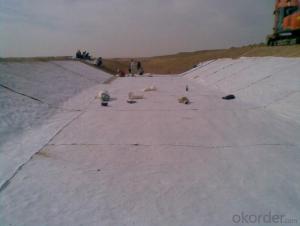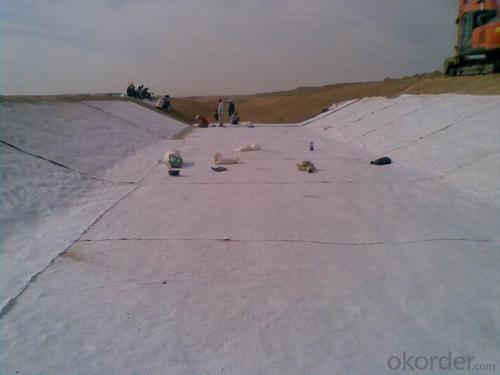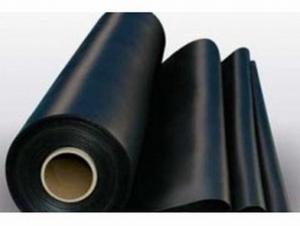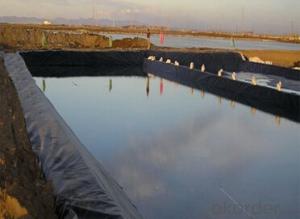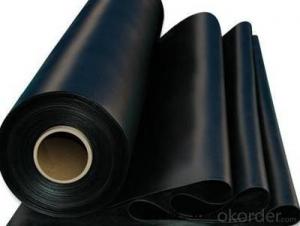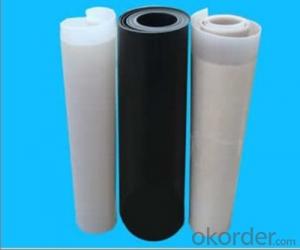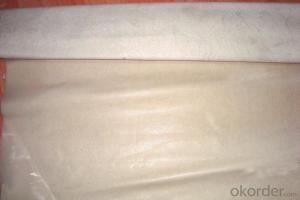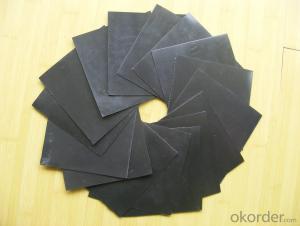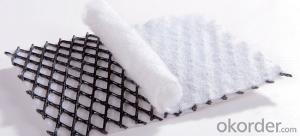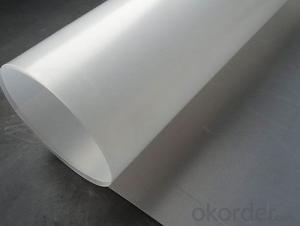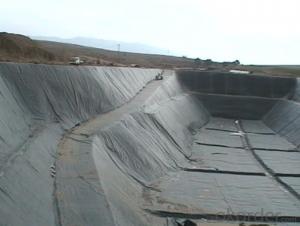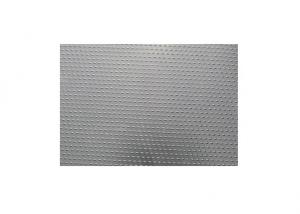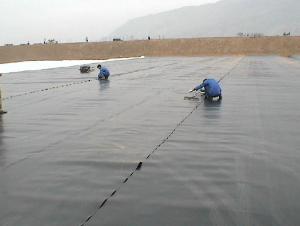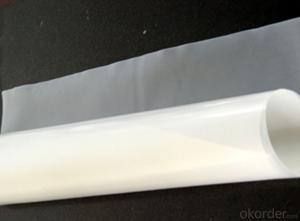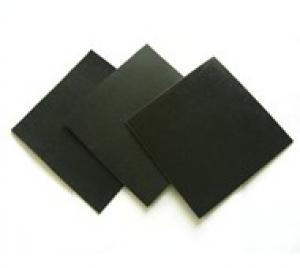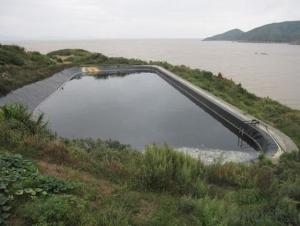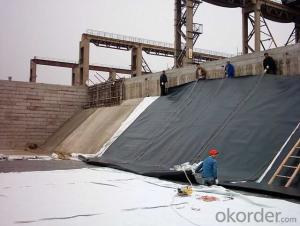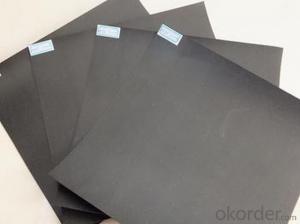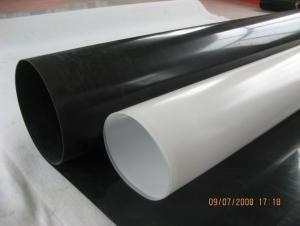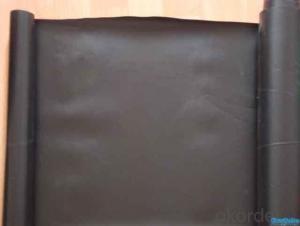Pre-Seamed Two Sides Textured HDPE Geomembranes for Wastewater Prevention
- Loading Port:
- Qingdao
- Payment Terms:
- TT OR LC
- Min Order Qty:
- 5000 m²
- Supply Capability:
- 500000 m²/month
OKorder Service Pledge
OKorder Financial Service
You Might Also Like
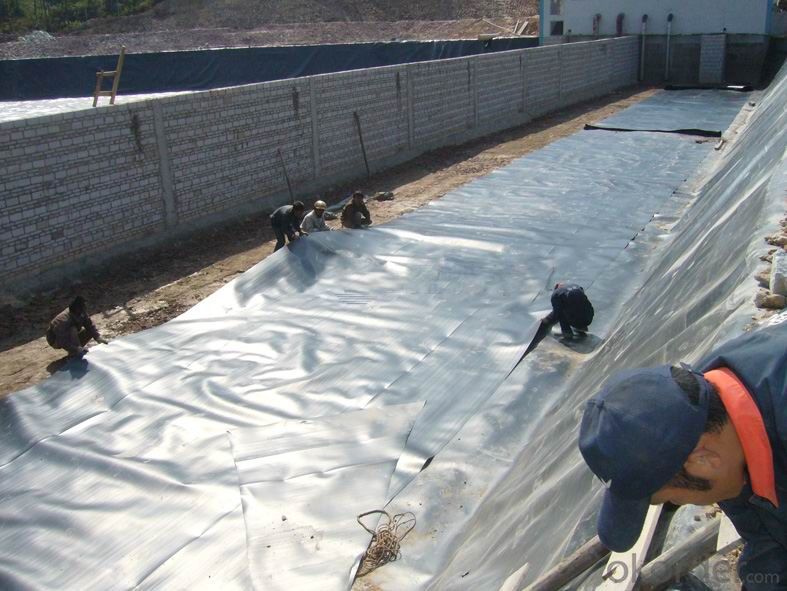
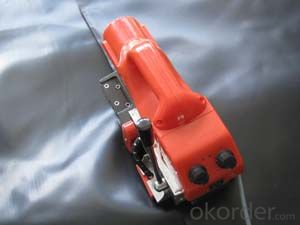
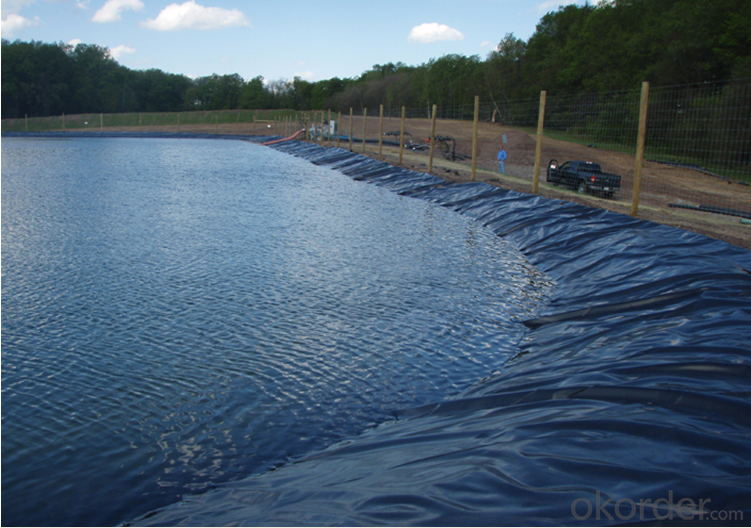
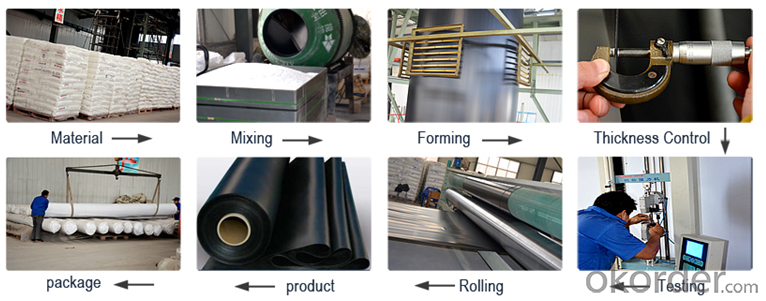
Two Sides Texturd Hdpe Geomembrane Specification :
| Thickness | 0.12mm-4.0mm |
| Length | 50m/roll,100m/roll,150m/roll or as your choice |
| Width | 5.0m-7.0m or as your choice |
| Color | White/Black/Blue/Green,mainly black |
| Material | HDPE |
| Delivery port | Qingdao |
| Package: | woven bag or as customers' requests |
| Product time | 2-20 days |
| Features | 1.Good physical and mechanic performance |
| 2.High tearing resistance, strong deformation adaptability | |
| 3.Puncture-resisting, aging resisting, ultra-violet radiation, oil and salt, and corrosion resistance | |
| 4.Good adaptability to high and low temperature, non-toxicity, long service life | |
| 5.Good waterproof, drainage, anti-seepage and damp proof effects | |
| 6.Complete width and thickness specifications, low cost and easy installation. | |
| Note | We can do as your demand,please feel free to contact us for more information |
FAQ:
1. How about the delivery time?
Two weeks upon receipt of down payment.
2. What kind of payments do we accepted?
T/T, L/C, WesternUnion, MoneyGram.
3. What's are the MOQ?
Normally the MOQ is 5000 SQM in theory.
And we can provide you free samples for quality inspection.
4. Do you charge for the samples?
Accordeing to our company policy, the samples are freee, we only charge the freight fee. And we will return the freight fee in your second order.
5. Can you produce the product according to customers' requirements?
Sure, we are professional manufacturer, OEM and ODM are both welcome
- Q: How to paste the mobile phone screen protector release liner?
- Using the cloth from the bought film to clean the screen, there are two films, one is for cleaning the dust on the screen, it is pasted on the screen and torn up, and then slowly paste the film from the edge of the phone. If there are large bubbles, you can use the cloth that used to clean the screen to wrap a section of the card, and then scrap the bubbles. Some small bubbles can be ignored, they will be disappeared after two days
- Q: How do geomembranes help in preventing soil contamination in industrial sites?
- Geomembranes help in preventing soil contamination in industrial sites by acting as a protective barrier between the soil and any potential contaminants. They provide a barrier to prevent the leaching of hazardous substances into the soil, thus minimizing the risk of contamination. Additionally, geomembranes can also be used to contain and manage any existing contaminants, preventing them from spreading further into the soil and surrounding environment.
- Q: What materials are used to make HDPE geomembrane and HDPE anti-seepage film?
- They are all amde from HDPE material.
- Q: What is the expected lifespan of a geomembrane in a wastewater treatment plant?
- The expected lifespan of a geomembrane in a wastewater treatment plant can vary depending on various factors such as the type of geomembrane material, installation quality, environmental conditions, and maintenance practices. However, on average, a high-quality geomembrane can last anywhere from 20 to 40 years in a well-maintained wastewater treatment plant.
- Q: How do geomembranes contribute to the prevention of groundwater contamination?
- Geomembranes contribute to the prevention of groundwater contamination by acting as a barrier between potentially hazardous substances, such as chemicals or waste, and the underlying soil and groundwater. They are impermeable liners that are installed in various applications, such as landfills, mining sites, or industrial facilities, to prevent the migration of pollutants into the groundwater. By effectively sealing off the contaminated areas, geomembranes help protect the quality and purity of groundwater, thereby safeguarding human health and the environment.
- Q: How do geomembranes withstand environmental stressors?
- Geomembranes are designed to withstand environmental stressors through their inherent properties and construction. These stressors include factors like UV radiation, temperature fluctuations, chemical exposure, and physical forces. Geomembranes are typically made from durable materials such as high-density polyethylene (HDPE), polyvinyl chloride (PVC), or reinforced polyethylene (RPE), which possess excellent resistance to these stressors. Additionally, they are often formulated with additives that enhance their resistance to degradation. The thickness and composition of geomembranes are carefully selected to ensure they can withstand specific environmental conditions. Furthermore, proper installation techniques and quality control measures are employed to minimize potential vulnerabilities and ensure their long-term performance.
- Q: How do geomembranes handle high water pressure?
- Geomembranes handle high water pressure by being made from materials that are impermeable to water and have high tensile strength. These materials, such as reinforced polyethylene, are specifically designed to withstand the force exerted by high water pressure without rupturing or leaking. Additionally, geomembranes are often installed with proper anchoring and support systems to further enhance their ability to handle high water pressure.
- Q: How do geomembranes perform in seismic areas?
- Geomembranes perform well in seismic areas due to their flexible and durable nature. They have the ability to withstand ground movements and vibrations during earthquakes, which helps in preventing leakage, seepage, and soil liquefaction. The flexibility of geomembranes allows them to adapt to the changes in the ground, minimizing the risk of damage or failure. Additionally, geomembranes provide an effective barrier against potential contaminants, protecting the environment and ensuring the safety of structures in seismic areas.
- Q: What are the standards and regulations governing geomembrane use?
- The standards and regulations governing geomembrane use vary from country to country. However, some widely recognized standards include ASTM International's ASTM D4437 for polyethylene geomembranes and ASTM D7176 for flexible nonreinforced geomembranes for water containment. In addition, organizations like the Geosynthetic Institute (GSI) provide guidelines and recommendations for geomembrane design, installation, and testing. These standards and regulations aim to ensure the quality, performance, and environmental safety of geomembranes in various applications such as waste containment, water management, and mining.
Send your message to us
Pre-Seamed Two Sides Textured HDPE Geomembranes for Wastewater Prevention
- Loading Port:
- Qingdao
- Payment Terms:
- TT OR LC
- Min Order Qty:
- 5000 m²
- Supply Capability:
- 500000 m²/month
OKorder Service Pledge
OKorder Financial Service
Similar products
Hot products
Hot Searches
Related keywords
